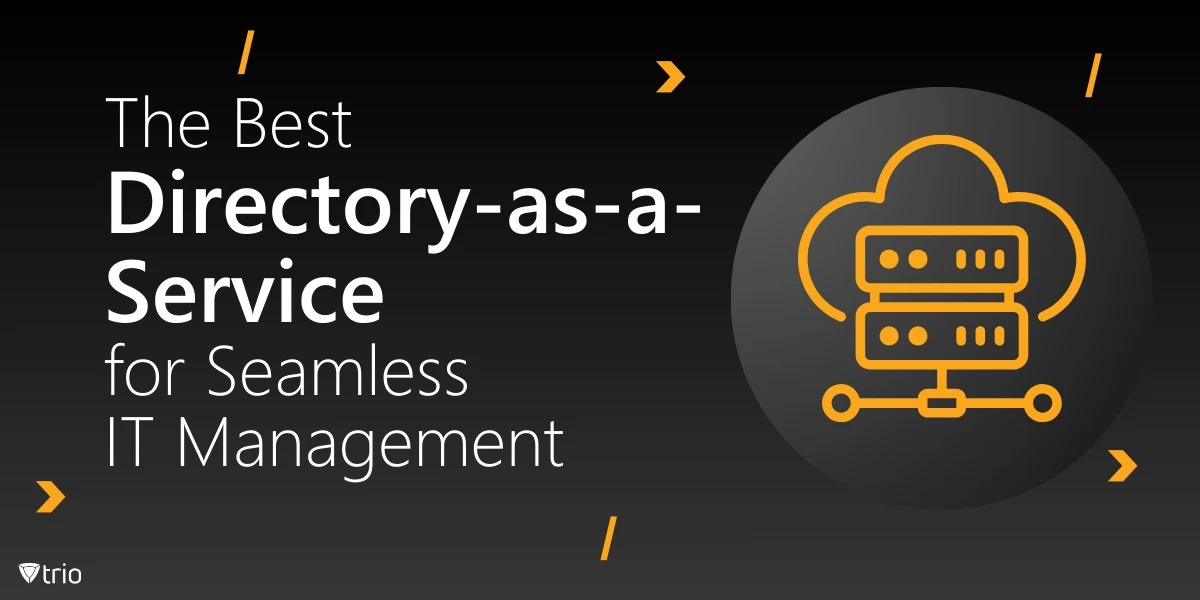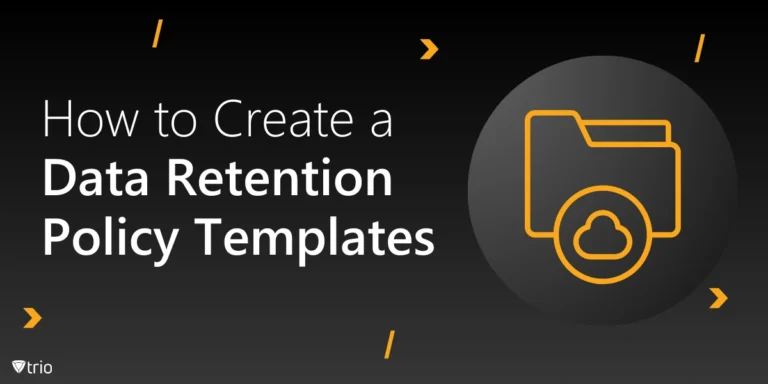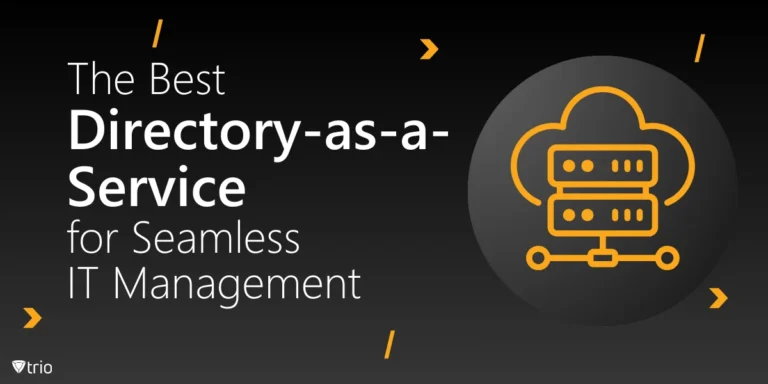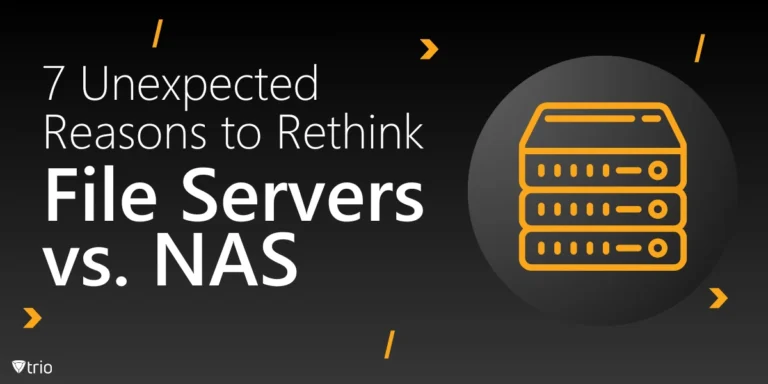Cybersecurity threats continue to evolve, presenting new challenges for organizations of all sizes. Among these threats, pass-the-hash attacks have emerged as a particularly insidious method employed by malicious actors to compromise network security. This article delves into the intricacies of pass-the-hash attacks, explores various hash attack types, and provides comprehensive strategies to fortify your defenses against these sophisticated threats. As we navigate through the complexities of pass-the-hash attacks, we’ll examine the tools and techniques used by attackers, including the notorious “overpass-the-hash” method. More importantly, we’ll equip you with actionable insights on how to prevent pass-the-hash attacks, safeguarding your organization’s sensitive data and maintaining the integrity of your network infrastructure.
What Are Hash Attacks?
Hash attacks represent a category of cyber threats that exploit vulnerabilities in cryptographic hash functions. These functions are designed to convert input data into fixed-size strings of characters, known as hash values. In theory, hash functions should be one-way operations, making it computationally infeasible to reverse the process and derive the original input from the hash value.
However, cybercriminals have developed various techniques to circumvent this security measure. By exploiting weaknesses in hash algorithms or leveraging computational power, attackers can potentially compromise the confidentiality and integrity of sensitive information.
Hash Attack Types
Several hash attack types exist, each with its unique approach to undermining the security provided by cryptographic hash functions:
Collision Attacks: These occur when an attacker finds two different inputs that produce the same hash value. This vulnerability can be exploited to create fraudulent documents or certificates that appear legitimate.
Preimage Attacks: In this scenario, the attacker attempts to find an input that produces a specific hash value. This type of attack can be used to crack passwords or forge digital signatures.
Length Extension Attacks: These attacks take advantage of certain hash function designs, allowing an attacker to append additional data to a message without knowing the original input.
Birthday Attacks: Leveraging probability theory, these attacks aim to find two different inputs with the same hash value, exploiting the “birthday paradox” to reduce the computational effort required.
Pass-the-Hash Attacks: This sophisticated technique involves capturing and reusing hashed credentials to gain unauthorized access to systems and networks.
The Mechanics of Pass-the-Hash
To better understand how pass-the-hash attacks work, let’s break down the process:
- Initial Compromise: The attacker gains a foothold in the network, often through phishing, malware, or exploiting vulnerabilities.
- Credential Harvesting: Using specialized tools, the attacker extracts hashed credentials from the compromised system’s memory or security databases.
- Hash Reuse: The captured hash is then used to authenticate to other systems or services that accept the same type of hash for authentication.
- Lateral Movement: With access to multiple systems, the attacker can move through the network, potentially escalating privileges and accessing more sensitive areas.
- Data Exfiltration or Further Compromise: Depending on the attacker’s goals, they may steal data, install additional malware, or create persistent backdoors for future access.
Understanding this process is crucial for developing effective strategies to prevent pass-the-hash attacks and protect your organization’s digital assets.

Pass-the-Hash Tools: Weapons in the Attacker’s Arsenal
Cybercriminals have access to a variety of sophisticated tools designed specifically for executing pass-the-hash attacks. While these tools can have legitimate uses in penetration testing and security assessments, they pose a significant threat when wielded by malicious actors.
Some of the most commonly used pass-the-hash tools include:
Mimikatz: This powerful and versatile tool can extract plaintext passwords, hashes, and Kerberos tickets from memory. It’s often used in conjunction with other attack techniques.
Windows Credential Editor (WCE): Designed for Windows systems, WCE can obtain and manipulate Windows credentials, including NTLM hashes.
PowerShell Empire: A post-exploitation framework that includes modules for credential harvesting and pass-the-hash attacks.
Metasploit: This popular penetration testing framework includes several modules that can be used for pass-the-hash attacks.
Hashcat: While primarily used for password cracking, Hashcat can also be employed in pass-the-hash scenarios.
Understanding these tools and their capabilities is essential for security professionals aiming to defend against pass-the-hash attacks. By knowing what attackers might use, defenders can better prepare their systems and implement appropriate countermeasures.
Overpass-the-Hash: An Advanced Technique
Overpass-the-hash, also known as pass-the-key, represents an evolution of the traditional pass-the-hash attack. This technique takes the concept a step further by using the stolen hash to obtain a Kerberos ticket-granting ticket (TGT), which can then be used for authentication across the network.
The process of an overpass-the-hash attack typically involves:
- Obtaining the NTLM hash of a user’s password, similar to a standard pass-the-hash attack.
- Using the hash to request a TGT from the domain controller.
- Employing the TGT to obtain service tickets for various resources on the network.
- Accessing those resources using the service tickets, potentially with elevated privileges.
- This method can be particularly effective in environments that have implemented measures to prevent traditional pass-the-hash attacks, as it leverages the Kerberos authentication protocol instead of NTLM.
Defending against overpass-the-hash attacks requires a comprehensive approach to security, including robust monitoring of Kerberos ticket issuance and usage patterns.
Strategies to Prevent Pass-the-Hash Attacks
Protecting your organization from pass-the-hash attacks requires a multi-layered approach to security. By implementing a combination of technical controls, policy changes, and user education, you can significantly reduce the risk of falling victim to these sophisticated attacks.
Here are some key strategies to prevent pass-the-hash attacks:
Implement Least Privilege Access: Limit user and administrative privileges to only what is necessary for each role. This reduces the potential impact if a single account is compromised.
Use Multi-Factor Authentication (MFA): Implement MFA across your network, especially for privileged accounts. This adds an extra layer of security even if hashed credentials are stolen.
Regularly Update and Patch Systems: Keep all systems, applications, and security software up to date to address known vulnerabilities that could be exploited in a pass-the-hash attack.
Segment Your Network: Implement network segmentation to limit lateral movement in case of a breach. This can contain the spread of an attack and protect critical assets.
Monitor for Suspicious Activity: Implement robust logging and monitoring solutions to detect unusual authentication patterns or credential usage that could indicate a pass-the-hash attack.
Educate Users: Provide regular security awareness training to help users recognize phishing attempts and other social engineering tactics that could lead to initial compromise.
Implement Strong Password Policies: Enforce complex passwords and regular password changes to reduce the likelihood of successful credential theft.
Use Privileged Access Management (PAM) Solutions: Implement PAM tools to control, monitor, and audit privileged account usage across your organization.
Disable NTLM Authentication: Where possible, disable NTLM authentication in favor of more secure protocols like Kerberos.
Implement Application Whitelisting: Use application whitelisting to prevent unauthorized executables from running, including potential pass-the-hash tools.
By implementing these strategies, your organization can significantly enhance its resilience against pass-the-hash attacks and other sophisticated cyber threats.
The Role of Active Directory in Pass-the-Hash Prevention
Microsoft’s Active Directory (AD) plays a crucial role in the authentication and authorization processes of many organizations. As such, it’s often a prime target for pass-the-hash attacks. Implementing specific measures within your Active Directory environment can significantly enhance your defense against these threats.
Consider the following Active Directory-specific strategies:
Use Group Managed Service Accounts (gMSA): These provide automatic password management and can help mitigate the risk of pass-the-hash attacks for service accounts.
Implement Protected Users Security Group: This feature in Windows Server 2012 R2 and later versions provides additional protections for privileged accounts, including preventing the use of NTLM authentication.
Enable Credential Guard: Available in Windows 10 and Windows Server 2016 and later, Credential Guard uses virtualization-based security to isolate secrets, making them much harder for attackers to extract.
Regularly Audit and Clean Up AD: Remove unnecessary accounts, groups, and outdated GPOs to reduce your attack surface.
Implement Time-Based Access Restrictions: Use time-based group policies to limit when and from where privileged accounts can be used.
By focusing on hardening your Active Directory environment, you can create a more robust defense against pass-the-hash attacks and other AD-specific threats.
Leveraging Advanced Security Solutions
While implementing best practices and hardening your existing infrastructure are crucial steps, leveraging advanced security solutions can provide an additional layer of protection against pass-the-hash attacks and other sophisticated threats.
One such solution is Trio, a comprehensive mobile device management platform that offers robust security features to protect your organization’s endpoints and data. Trio’s advanced capabilities can significantly enhance your defense against pass-the-hash attacks by:
- Enforcing strong authentication policies across all managed devices
- Providing real-time threat detection and response capabilities
- Enabling secure remote access without exposing credentials to potential theft
- Offering granular control over app and data access, reducing the potential impact of a compromised account
By integrating Trio into your security strategy, you can bolster your defenses against pass-the-hash attacks while also addressing a wide range of other mobile security challenges. We invite you to explore Trio’s capabilities further by trying our free demo and experiencing firsthand how it can enhance your organization’s security posture.
Conclusion
Pass-the-hash attacks represent a significant threat to organizational security, but with the right knowledge and tools, they can be effectively mitigated. By understanding the mechanics of these attacks, implementing robust prevention strategies, and leveraging advanced security solutions like Trio, organizations can significantly reduce their vulnerability to this sophisticated attack vector.
Remember, cybersecurity is an ongoing process that requires constant vigilance and adaptation. Stay informed about emerging threats, regularly assess your security measures, and don’t hesitate to seek expert assistance when needed. With a proactive approach to security, you can protect your organization’s valuable assets and maintain the trust of your stakeholders in an increasingly complex digital landscape.








